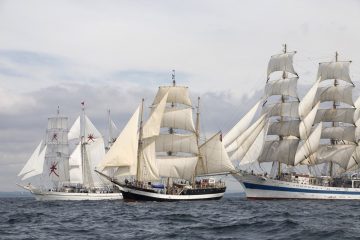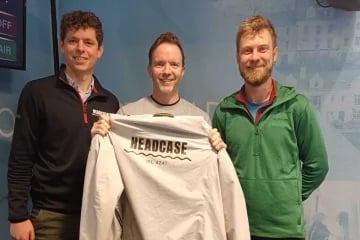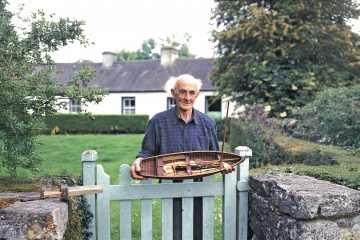Stunning new images and stories witness to the changing marine environment
£2,000 and two brand new cameras were given as prizes in the annual marine environmental journal compeition, plus £1,000 given to charity
| Stunning images and compelling storytelling about sailors’ adventures and their unique views of the marine environment came to the fore in this year’s Brian Black Memorial Award. Run for a fifth year, once again in partnership with antifouling specialist Coppercoat, the award celebrates how proper journalism about the marine environment can bring to life stories that need to be heard. For the first time, the award included two photography competitions for adults and juniors, the latter run in conjunction with The Week Junior magazine. |
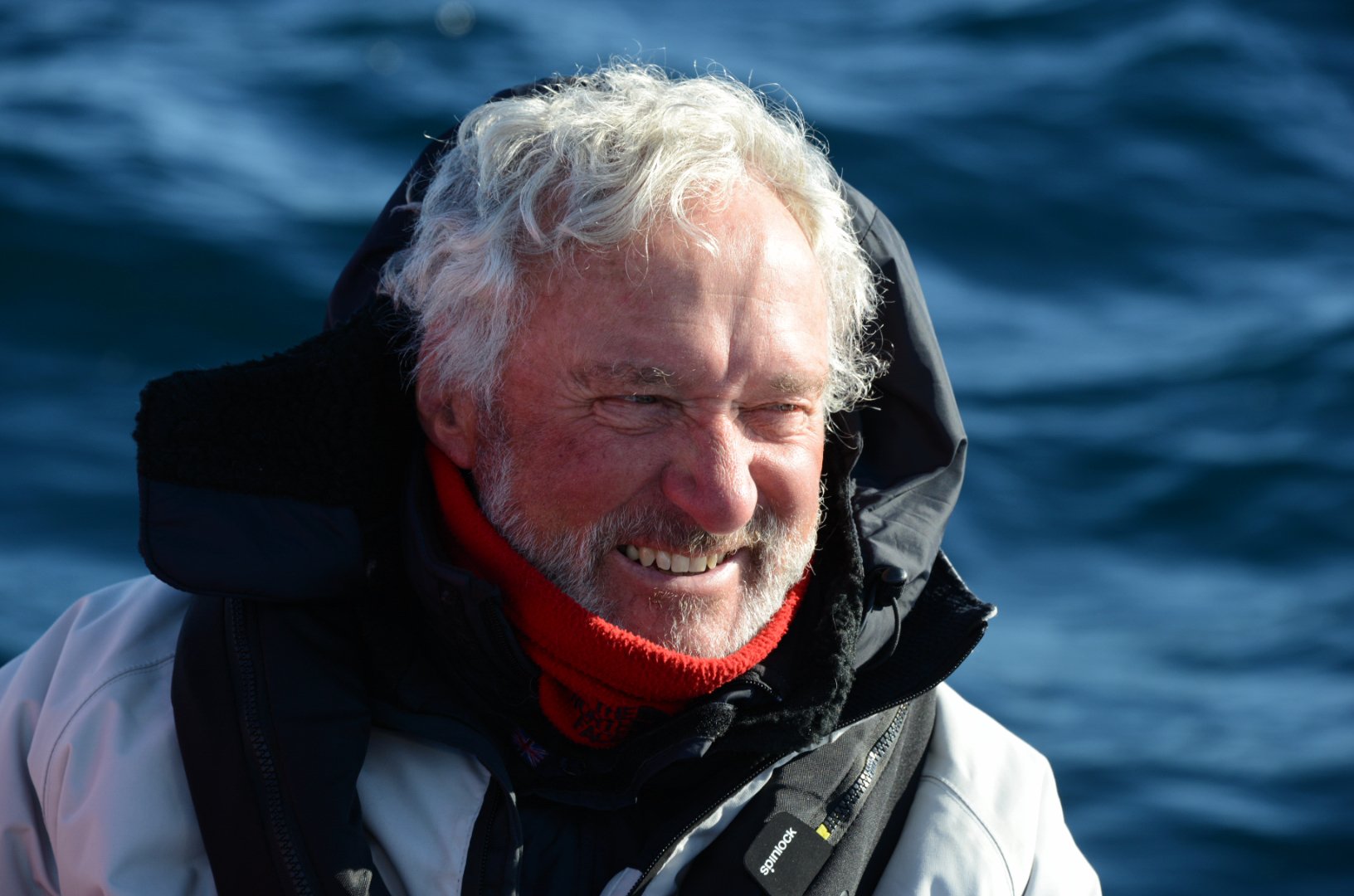 Brian Black |
The theme of the award this year was ‘Our Changing Seas’.
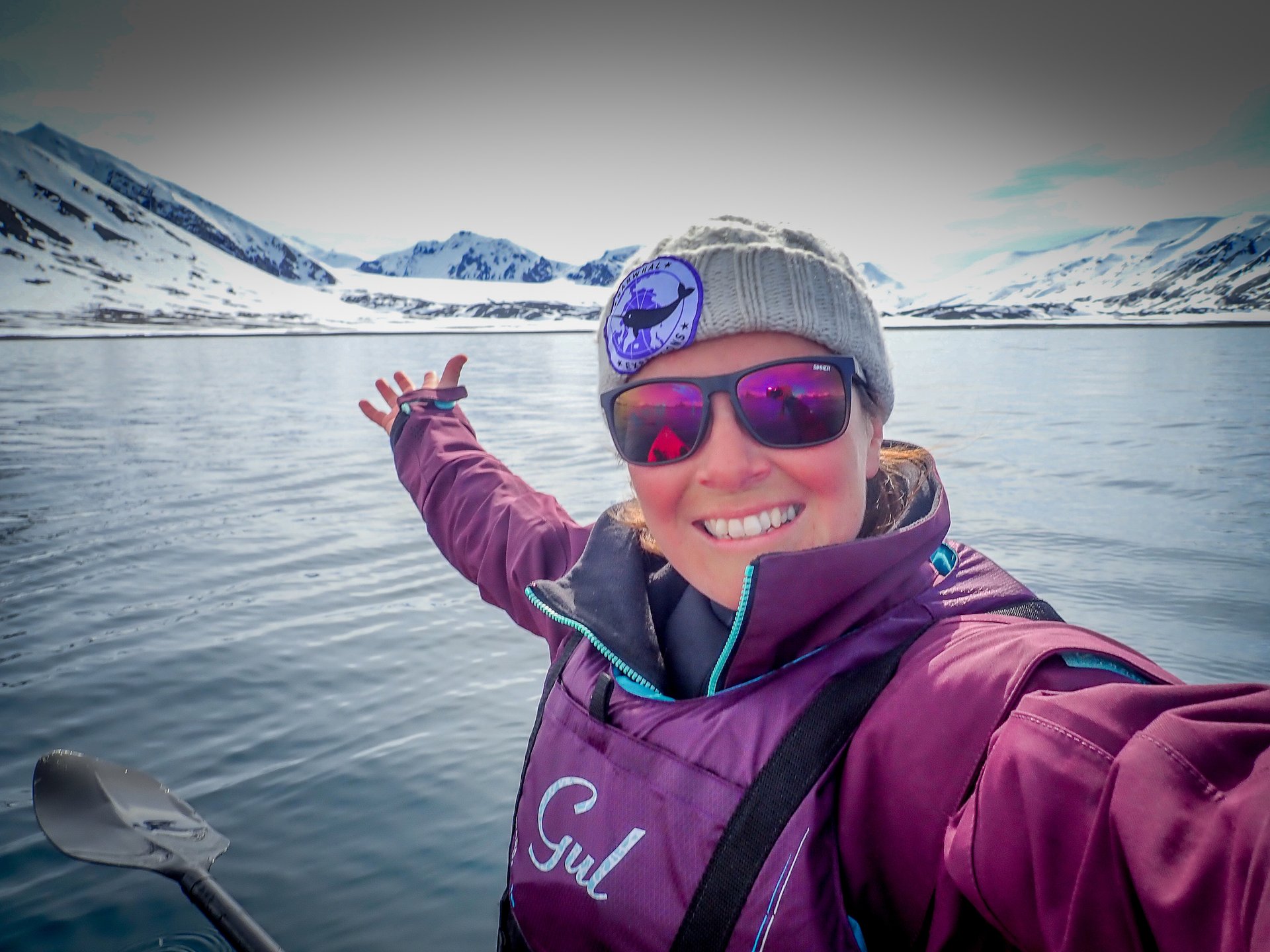 Katherine Knight |
The main article competition, with a cash prize of £2,000, along with publication in Yachting Monthly, and a stunning brass and wood engraved compass, was won by Katherine Knight, who wrote about her experience when she found herself in Dunvullaig Bay on the shores of Loch Craignish in Scotland as the Covid pandemic forced everyone to stay put. |
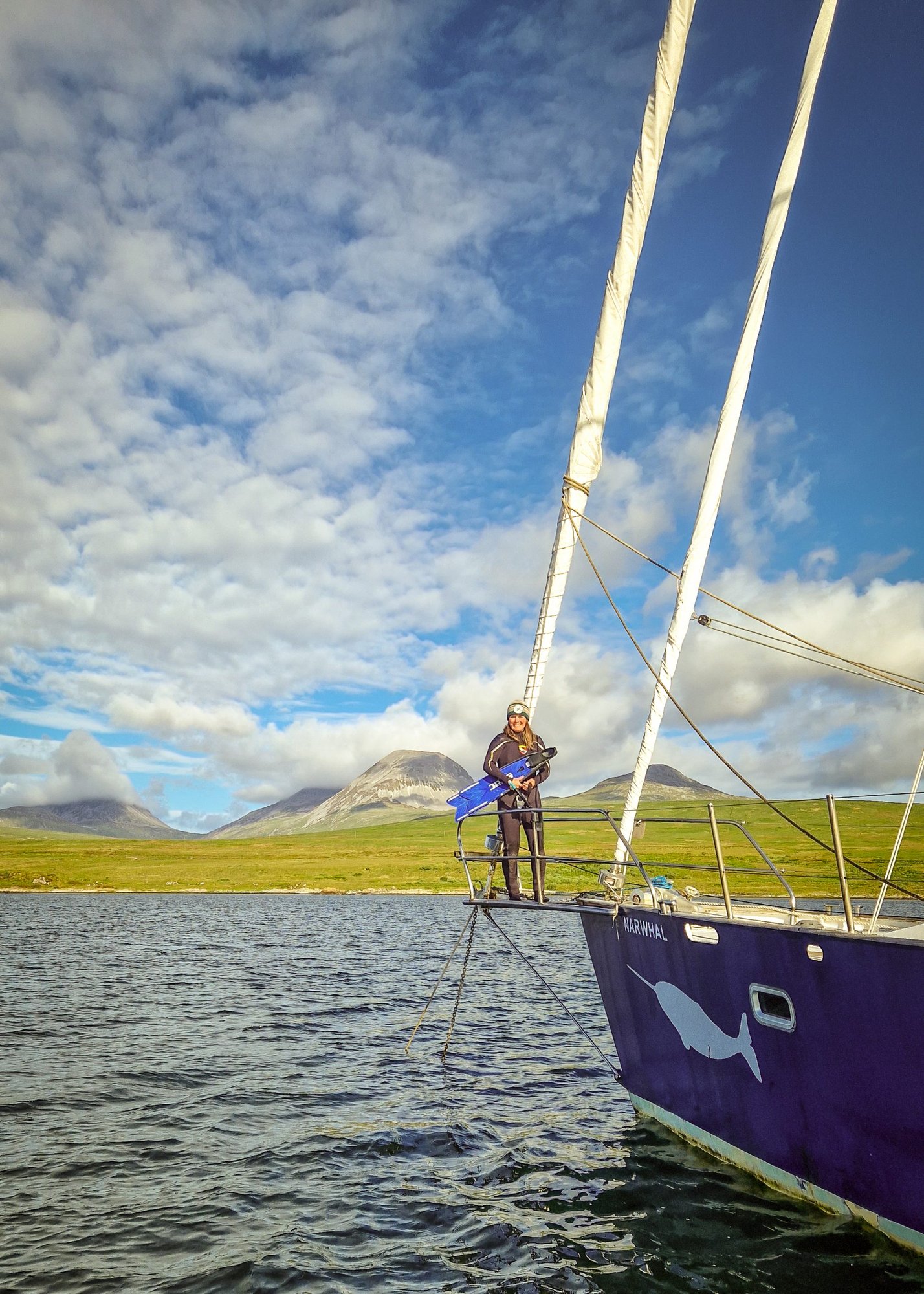
Over time she became concerned about the state of the seagrass there, but rather than doing nothing, she dived in, and got involved in surveying, fundraising and now planting new seagrass meadows which, after a number of years’ care, are thriving once again, functioning as a nursery for fish and wildlife and locking in carbon.
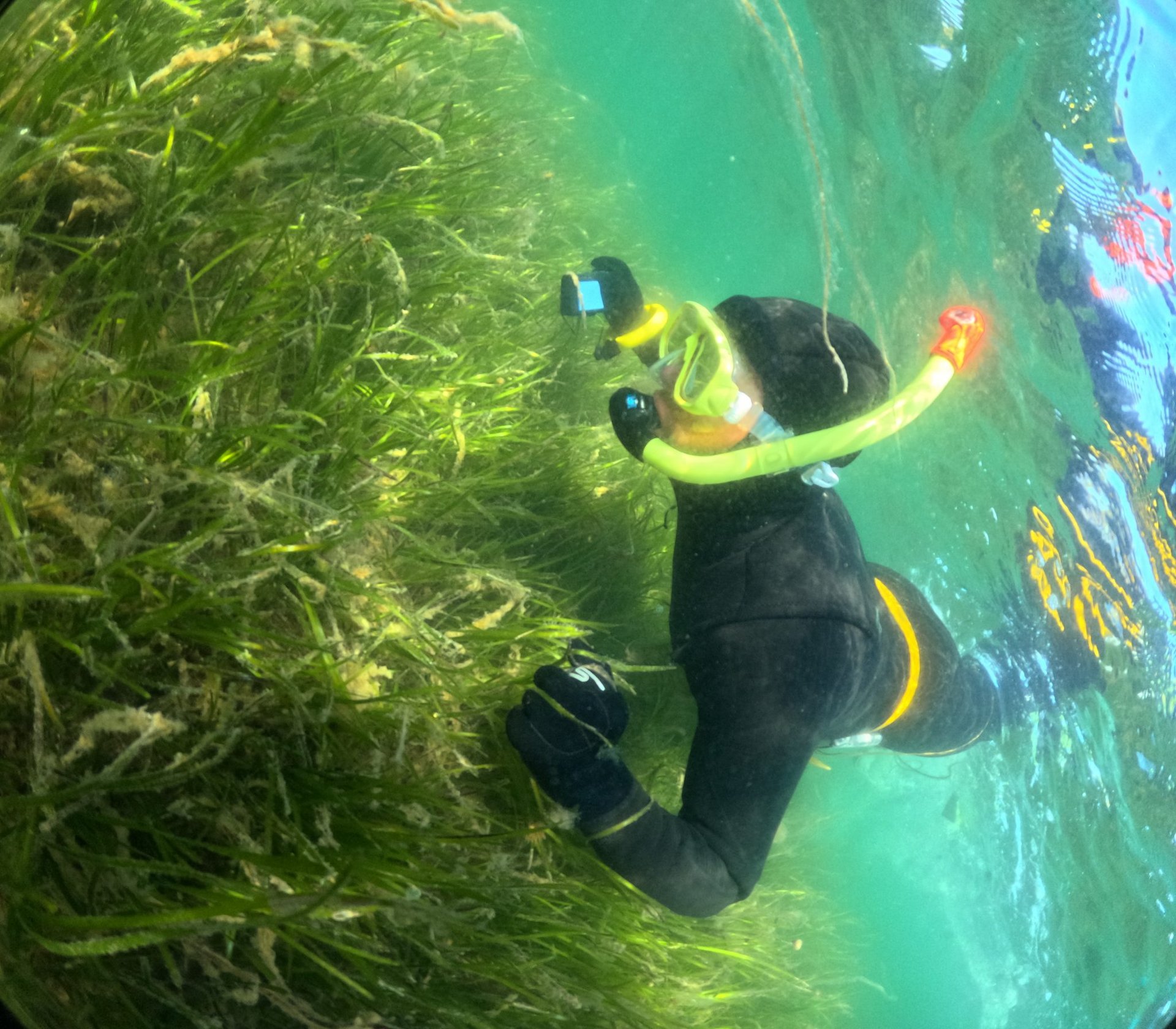
Katherine Knight said:
‘I am honored and delighted to receive the Brian Black Memorial Award. Thank you for the opportunity to tell my story about sailing and seagrass, which are two of the things that I’m most passionate about. I hope that this inspires people to get out, have adventures on their sailing boat, and also think about how they can bring positive action for conservation into what they’re doing.’
The adult photo competition, with the prize of a Canon R50 mirrorless camera kit, was won by Kirstin Jones, who captured a striking image of discarded fishing gear thoroughly entagling her boat. Sailing in Barbuda in the Caribbean, her boat was caught in the nets in rough seas, but she managed to sail the steel 43-foot yacht slowly without engine into a sheltered anchorage where it took over an hour to clear the hull and propeller.
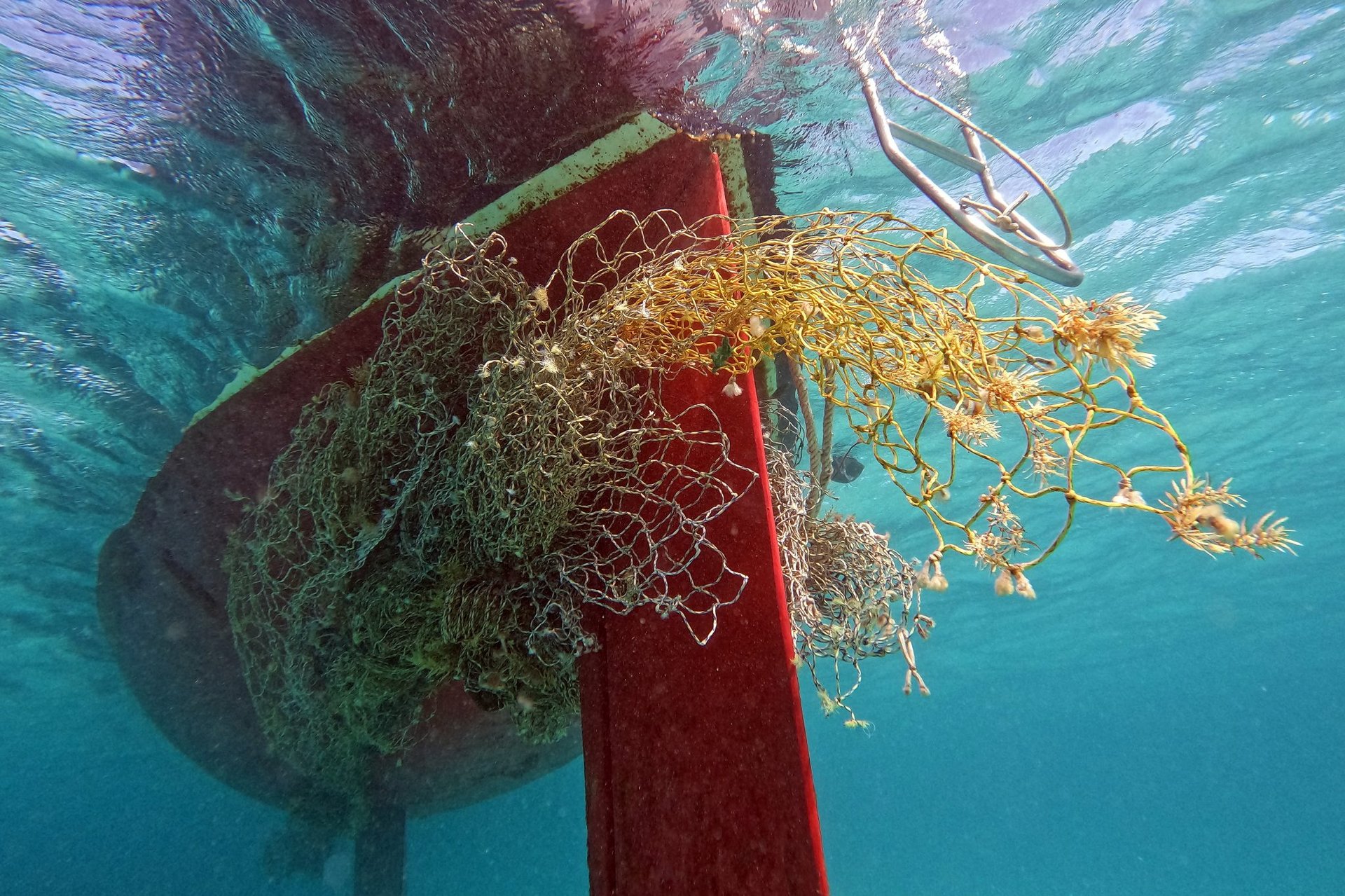
Kirstin Jones said:
‘Thank you so much for giving me this award. It is a privilege to be offered such a fantastic opportunity to raise awareness of a very real threat to our oceans. Over 500,000 tonnes of nets, lines, traps, and so on, enter our seas each year. There, this “ghost gear” entangles wildlife, damages the seabed, breaks down into microplastics and, as we experienced first-hand, presents a hazard to navigation.’
The judges included Sarah Brown (Brian Black’s daughter), his granddaughter Penny Black, conservation expert Dr Bob Brown, and offshore racing sailor Mike Golding OBE, as well as the Yachting Monthly and The Week Junior editorial teams. Explaining their decision, the judges commented: ‘It’s an amazing image as it is so rare to have a photo of a boat in this situation that is well composed, in clear water, with striking colours, that quickly tells a complex story.
The junior photo competition prize of a Canon 2000D SLR was won by Arabella Alexander (10). The judges comment on ‘her beautifully composed shot of natural processes at work as a driftwood log slowly erodes on the beach at Charmouth, finding beauty in an object that would be easily overlooked.’
Arabella said:
‘I didn’t expect to win this prize and I can’t believe I have. I look forward to having a proper camera to take pictures with and to share my view of the beautiful natural world. Thank you so much.’
The runners up were Victoria Waddington (9) and Joshua Rowell (9) for their photos of a jellyfish and a loggerhead turtle respectively.
Presenting the awards, sailor Mike Golding OBE commented:
‘The world’s oceans are all connected, and the way we treat them has a global impact. Education, one person at a time, showing them what impact their actions can have on the environment below the water’s surface, can have a huge impact, and transform whole ecosystems for the better. For that reason, journalism and storytelling is crucial in making visible and accessible something that is often remote and inacessible.’
